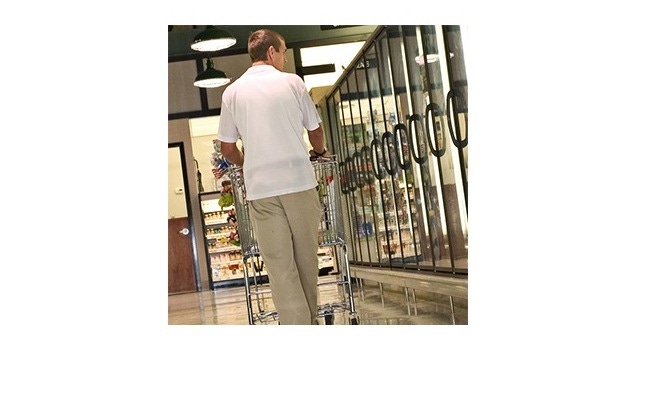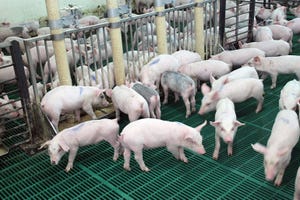January 16, 2014

The Pork Checkoff’s recent eye-tracking retail study provides some eye-opening results: retailers have just seconds to grab shoppers’ attention at the meat case.
The upside? The Pork Checkoff has pinpointed what consumers look at and for how long, and which images and messages resonate the most and inspire shoppers to purchase pork.
“Major consumer companies, such as Procter & Gamble, routinely use eye-tracking studies to better market their products,” said Patrick Fleming, director of retail marketing for the Pork Checkoff. “The Pork Checkoff, though, is the first meat industry organization to use this type of research.”
Eye-tracking studies provide more useful information than shop-along studies, where a researcher accompanies consumers through the grocery store. Shoppers are more comfortable with the eye-tracking technology because they don’t feel like their actions are being judged, Fleming said.
Small Window to Win Sales
The Pork Checkoff teamed with GFK User Centric to study shoppers at an upscale food market and at a conventional supermarket. Participants wore glasses with video recording devices to record what they viewed and how long they looked at items. A laptop computer in the child seat of each shopper’s grocery cart remotely captured the results.
“The findings showed that consumers gaze only two-tenths of a second at point-of-sale materials at the meat case,” Fleming said.
To find more about what grabs shoppers’ attention, researchers studied people’s responses to specific point-of-sale materials. Participants looked at pork meat case signs interspersed with signs advertising non-meat products. Their recorded eye movements offer the following tips to better engage consumers:
• Mouth-watering photos work. One large shot featuring a delicious pork dish catches consumers’ attention better than multiple images, Fleming noted.
• Simple is best. An uncluttered layout with one key point is more effective than a complex design with multiple messages.
• Food trumps other images. People prefer to see finished dishes rather than photos that explain various raw cuts of pork.
• Choose words carefully. Shoppers are in a buying mode rather than a learning mode, so call-to-action messages, such as “Dinner Tonight” or “Great on the Grill,” are more effective.
These insights are helping the Pork Checkoff develop targeted point-of-sales materials. “Making smarter decisions and staying on point with our messages are helping inspire consumers to put pork in their carts,” Fleming said.
You May Also Like



